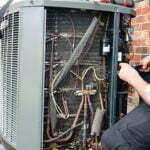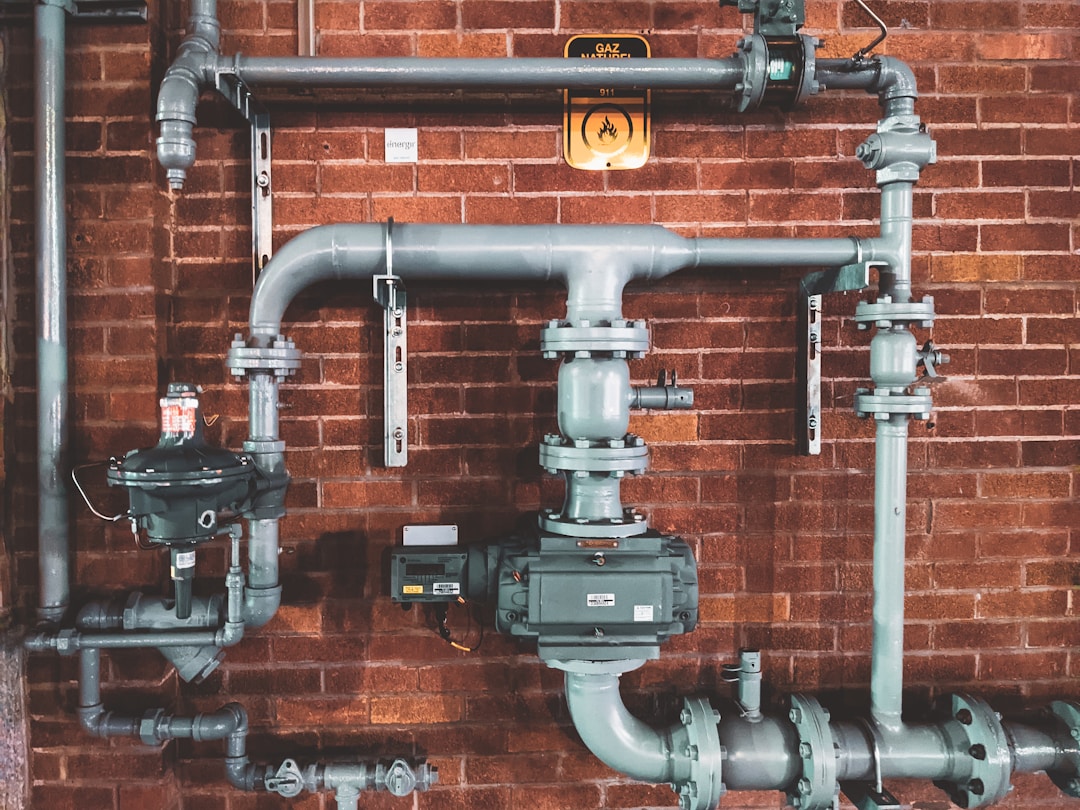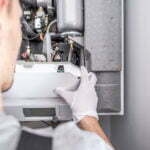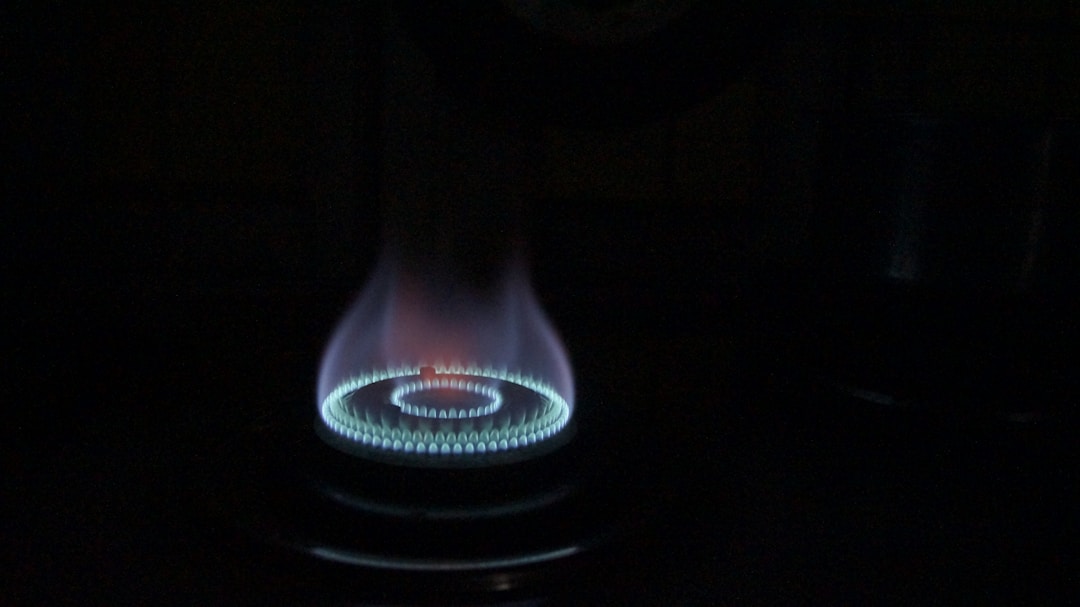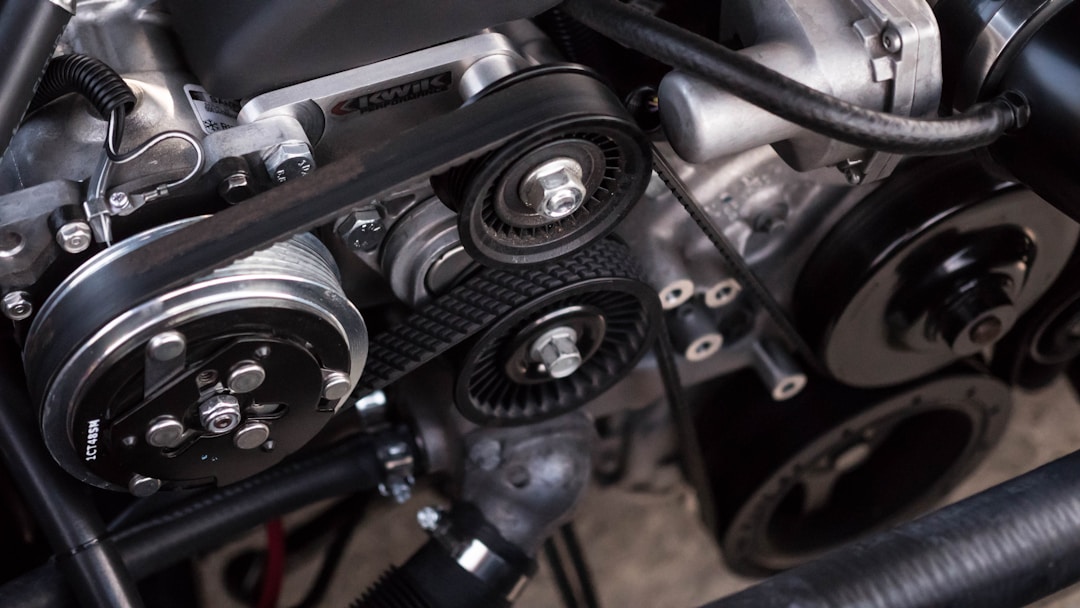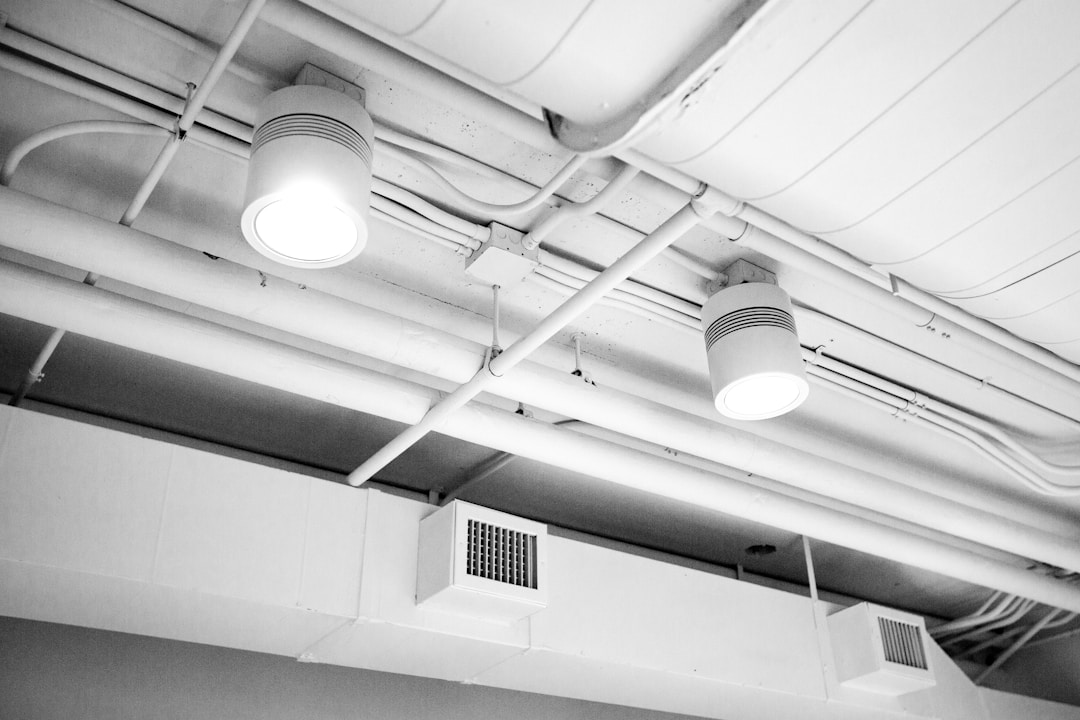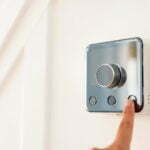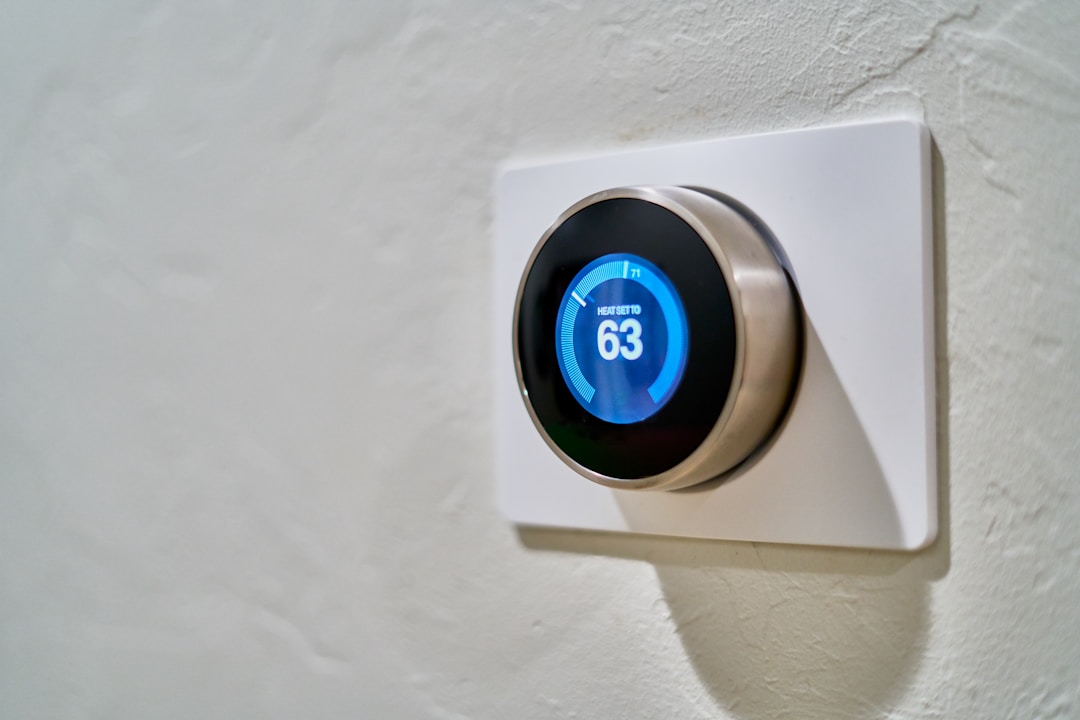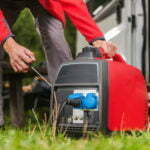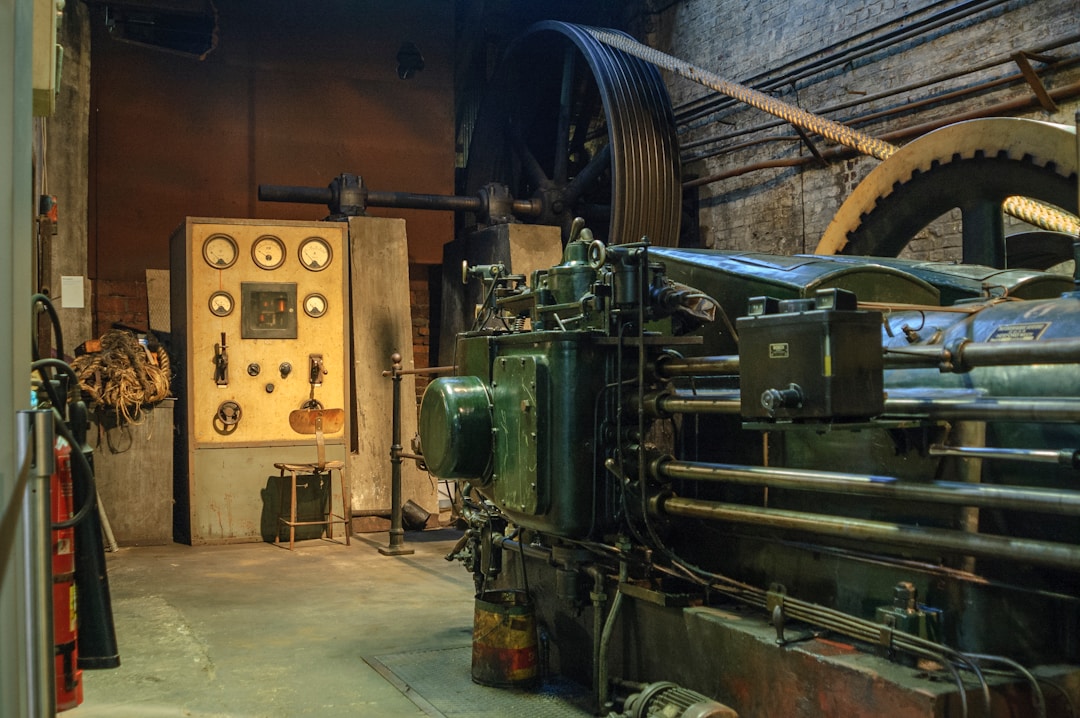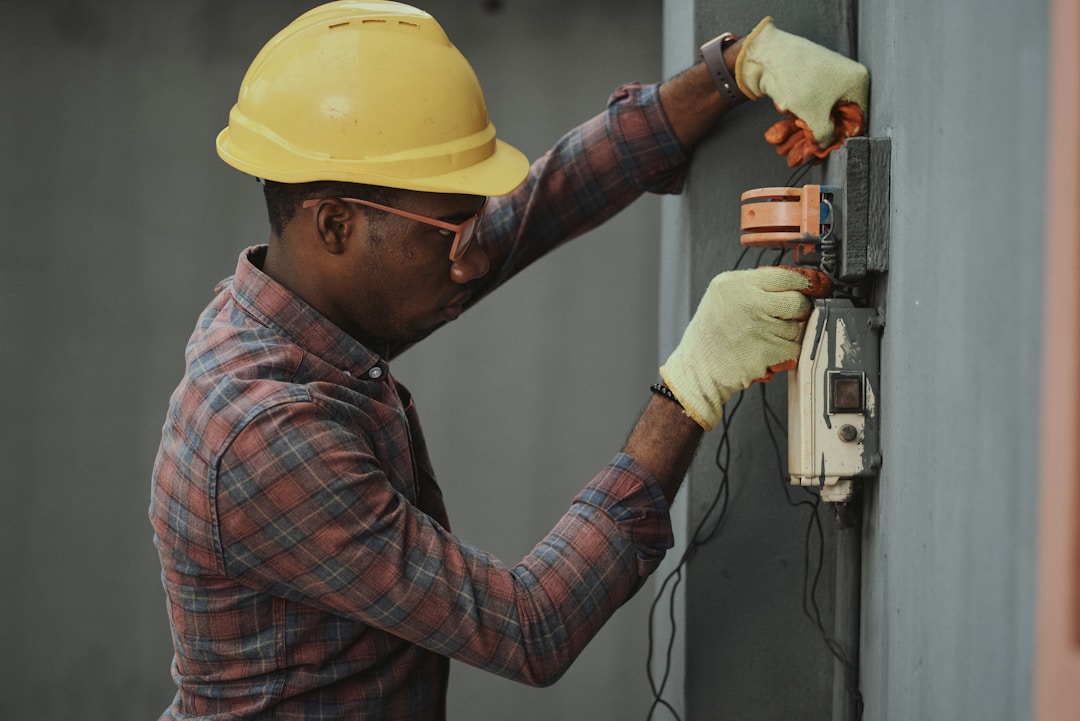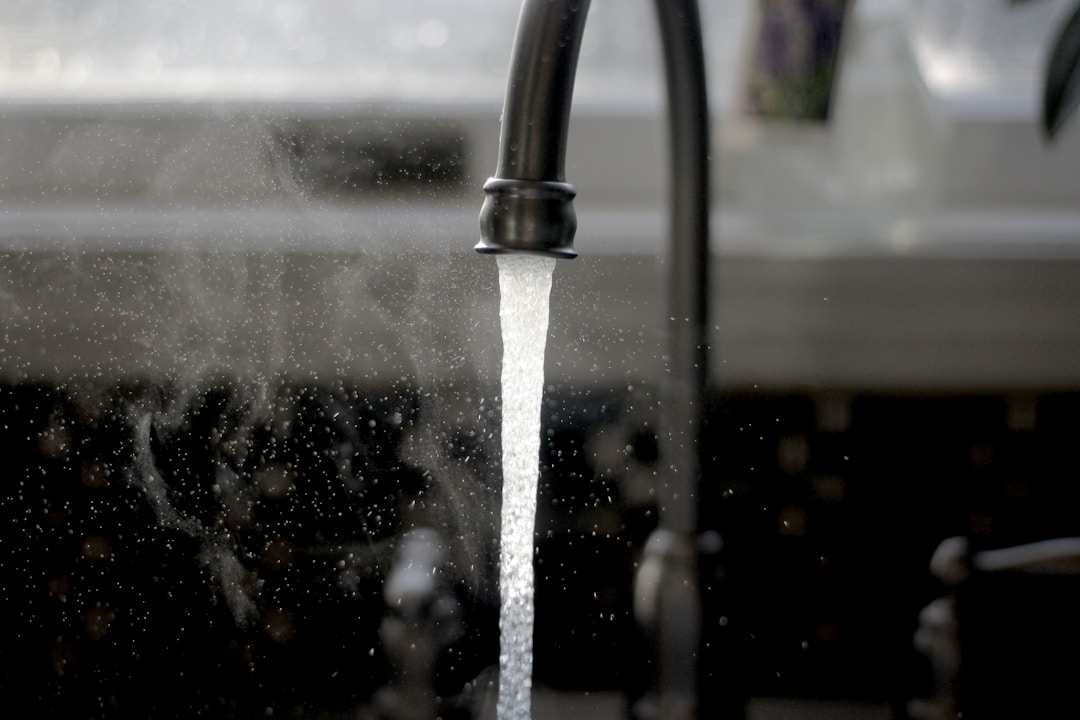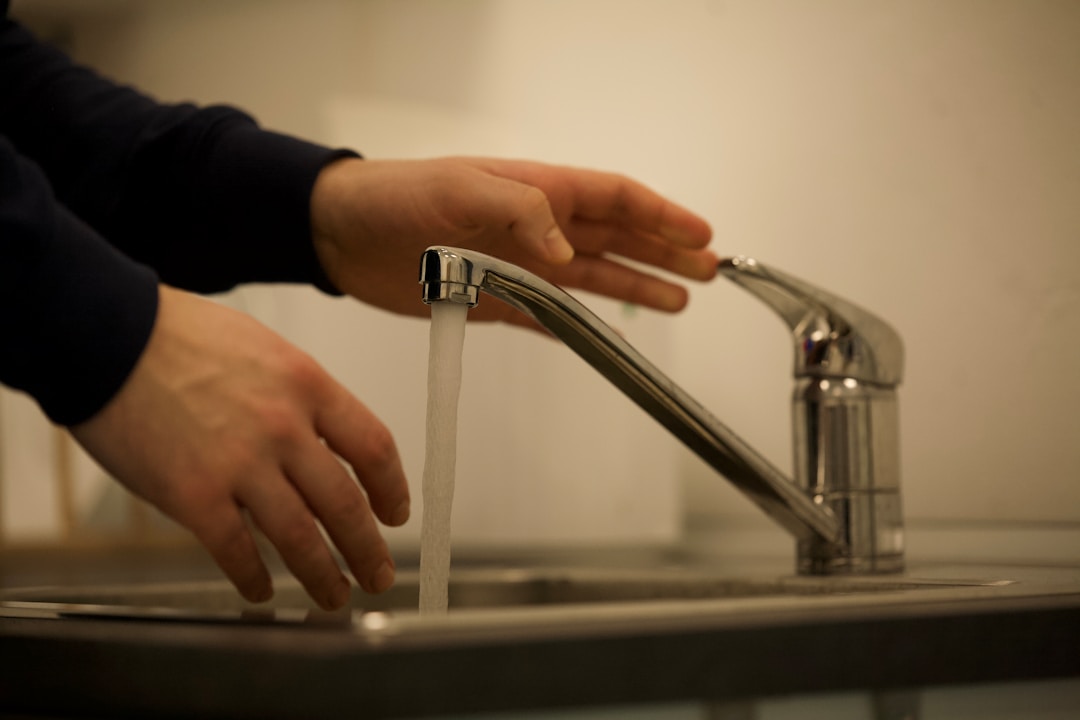When your baby isn’t much of a baby anymore (in fact, they may be considered a legal grown-up!), their college acceptance is much more than the next, very emotional step for you both. Of course, this is the first step in the rest of their life—that in and of itself is a big deal. But it’s also the start of the rest of your life. For the past 18 years, your primary role was as a caregiver; as you move them on to college, that priority begins to shift. As you embark on this new adventure, there are a few particular tasks you should add to your schedule.
Make the most of your time together.

The time just before your teen heads to college is a chaotic period, where your schedule is jam-packed with all sorts of essential projects. However, your top priority, even with that endless agenda, should be those activities that allow you to spend time together. Maybe you’ll seek out Aquarium of the Pacific coupons, admiring sharks, frogs, and sea otters. Whether Aquarium of the Pacific or another experience altogether, the time you spend alongside the shark lagoon exhibit or admiring colorful lorikeet birds will create lifelong memories that you and your teen will look back on fondly for a lifetime.
Set them up for success.

When you drop your baby off at their college dorm, you may be nervous about how their next months will play out. Helping them see a successful future ahead of them is just one way you can help guide your teen in the right direction. Take some time to find a reputable college essay consultant, for instance, to help them get into their dream school. From there, you’ll be that much more confident in their overall college experience and all that comes after it.
Transform a dorm with personal touches.

Homesickness is a normal part of a student’s first few weeks or months at college, and your teen will be no different. Why not take some steps to help mitigate that loneliness from the start? Print photos from your aquarium trip or vacation on Long Beach, framing your favorites for them to display in their dorm room. Similarly, you can send them to school with some childhood memories, such as a beloved blanket or stuffed toy. When in doubt, talk to your teen—what would help them feel more at home in their new space? Add any requisite tasks to your pre-move-in to-do list.
Prioritize your student’s spending.

From the first moments that you and your teen begin planning for their college experience, there’s one element you can’t help but think through: the finances that come along with each step of the process. However, you will have a few opportunities to budget appropriately from the very beginning. Pay attention to money-saving tools such as the activities you enjoy before they leave (like using coupons and promo codes for your aquarium trips), the supplies you’re helping them stock up on (like dorm essentials and school supplies), and even your travel plans as they head off into the real world.
As your teen moves into college, there are some essential tasks and activities you must take on before sending them into the world. From spending time together and saving money to helping them find their dream school and feel at home while they’re there, there are some steps you can take to make the transition easier for both of you. Writing college essays, taking in the colorful reefs of the tropical pacific, or decorating the dorm room, you can help prepare your teen to take both higher education and adulthood by storm.




